Looking for few simple ways to compost and reuse your old and depleted hanging basket soil and plants this fall? Not only does composting help keep these items out of landfills, it can also leave you with some amazing power-charged soil to use again next spring and summer!
As fall arrives, many of the potted annual plants and flowers begin to reach the end of the line. Unfortunately, once annual container plants become old and root bound, no amount of watering, fertilizer, or pruning will bring them back to their summer glory.
Annual flowers like petunias, zinnias, and marigolds are only meant to live for one growing season. While you can help them to bloom for longer periods, they simply won’t last beyond a single season. And when there time is up – it’s up!
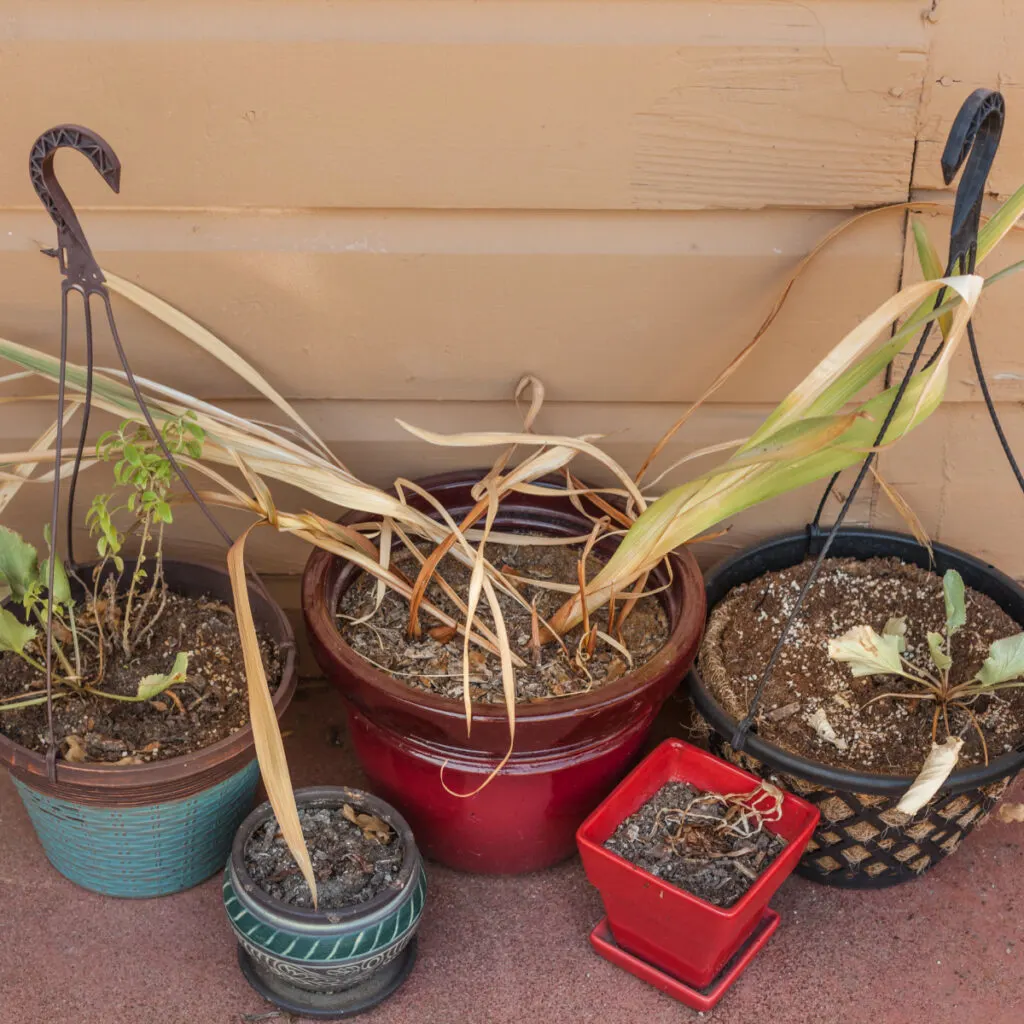
But whatever you do – don’t toss those old plants and the soil in them to the curb! Even though your plants may have reached the end of the line and the soil is a bit tired, you can compost both to use again next year. Not only saving landfills – but even more on having to buy all new potting soil!
The Issue With Old Potting Soil – How To Compost Hanging Basket Soil & Plants
Even though you might be tempted, it’s never a good idea to simply reuse old potting soil from year to year. While it might be the cheapest route to take, your new plants will end up paying the price.
By the end of the growing season, old potting soil is depleted of nearly all of its nutrients, humus and structure. The soil is dry, crumbly, and devoid of any real substance. In addition, the soil often contains massive amounts of old roots from the plants that grew in them.
If you try to plant new flowers into that same soil next year, there won’t be enough power to allow the plants to flourish. This is especially true if you grow the exact same plant varieties in the soil since they require the exact same nutrients and resources.
But the good news is that old soil still has a lot of value. Especially if you help it out by recharging and rejuvenating the soil by composting it!
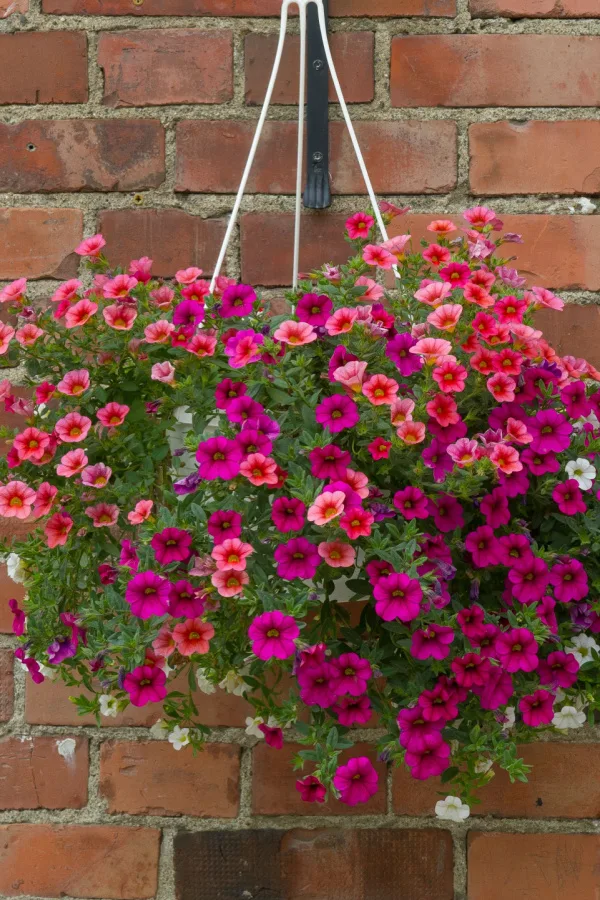
Making Compost From Hanging Basket Soil & Plants
So how do you reuse old hanging basket plants and soil? You create a potting soil compost pile! Not only is it easy and inexpensive to do, but it doesn’t take up a lot of space either.
Although you can definitely add old hanging basket soil and plants to regular compost piles, these piles contain a wide variety of materials, some of which can take a long time to break down. See: How To Make Great Compost
But when you create a separate potting soil compost pile, you can tailor the completed soil specifically for potted plants.
This allows you to produce light and airy soil that is perfect for growing potted and container plants. It can be ready far faster to use again next spring and summer. And that can mean huge savings on having to purchase all new potting soil!
Locating Your Potting Soil Compost Pile – How To Compost Hanging Basket Soil & Plants
While you can create a compost pile almost anywhere, a small corner of your cleared-out garden space works perfectly. You can even use a large trash can or drum to create a powerhouse potting soil compost pile. The main idea is to have a dedicated spot where you can add your materials and allow them to break down over time.
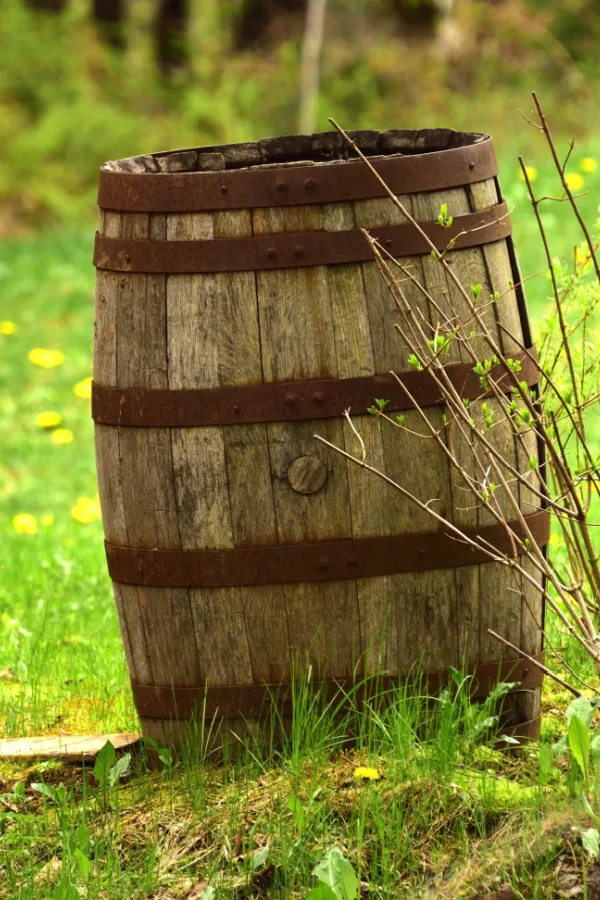
The location should be in a spot that allows for proper drainage. If you use a trash can or container, be sure to drill in a couple of holes in the bottom to allow excess moisture to escape. If not, you can end up with moldy potting soil!
Preparing Hanging Basket Soil & Plants For Composting
Once you pick out your location, it’s time to start adding the materials. Instead of just tossing in the entire plant and old root bound potting soil in one big heap, take a few extra minutes to chop up the plant’s foliage and stems into smaller pieces.
The smaller pieces will be able to decompose and be incorporated back into the soil much quicker than large pieces. Doing this quick step will give the materials the best chance of breaking down quickly and more efficiently.
You can easily complete this process by using your lawn mower with a bag attachment. A wood chipper/shredder also works perfectly if you have access to one. While you are add it, you can throw in some of autumn’s falling leaves to shred and help recharge the soil.
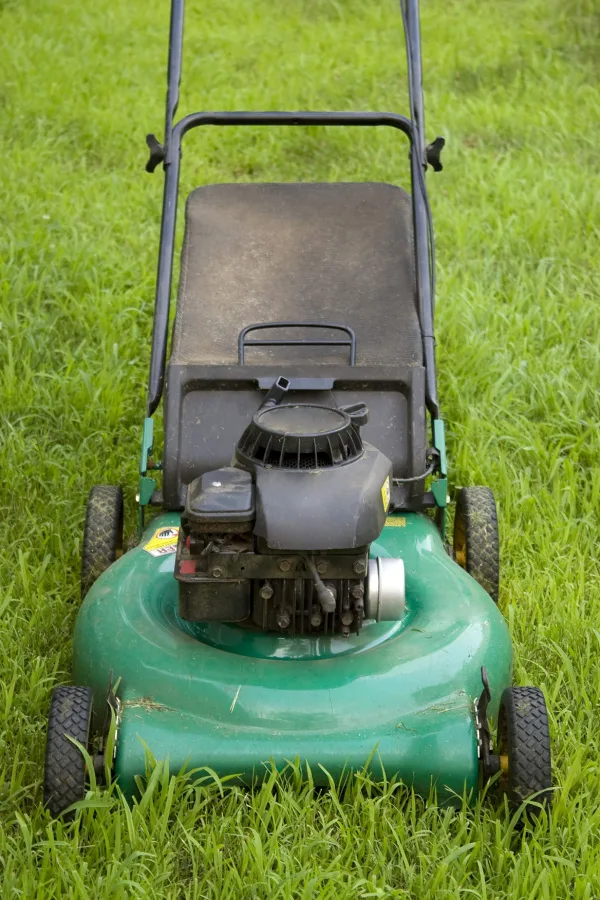
Be sure that you are removing any type of seed heads or diseased plant material before adding the foliage to your potting soil compost pile. Home compost piles rarely produce enough heat to really kill off any seeds or pathogens – and you can be left with volunteer plants coming up next year in the soil.
Finally, take a knife and chop through the soil to break up any roots in it as well. This will allow the tougher roots to more easily break down by next spring. Leaving them whole can sometimes stall the composting process.
Composting Hanging Basket Potting Soil & Plants
Once all roots, foliage and soil are broken down, put them into your compost container or pile. Now it’s time to start giving it the materials it needs to power up and recharge!
In order to add nutrients back and really energize old potting soil, you need to include a few extra ingredients to get the process rolling.
The first addition should be a bit of aged compost. Not only is aged compost already saturated with vital nutrients, it also has a whole host of microorganisms and good bacteria. These items will really help to break down the plant foliage quickly.
Aim for adding about one part fresh compost for every 5 to 10 parts of potting soil and plant materials. If you don’t have your own homemade compost available, bagged compost works just as well. (Affiliate Product Link: Espoma Organic Cow Manure Compost Mix)

Other great products to add include shredded leaves, grass clippings, egg shells, coffee grounds and any other finer organic material. The above materials are small and break down easily while adding a big source of nutrient value to the depleted potting soil and plant materials.
Be sure to mix in the newly added items using a shovel or pitchfork weekly. This helps to evenly break down all the materials instead of only decomposing those in the middle of the pile.
Maintaining & Using The Recharged Potting Soil
Once late fall hits, stop adding materials to the pile. This will give the hanging basket soil and plants in the compost pile plenty of time to break down fully. Keep turning the pile weekly as the weather conditions allow.
You can continue to add coffee grounds and eggshells over the winter. Since they both are already fine, they blend in easily. Both of these materials also add a perfect blend of nutrients to really power up the soil.
When spring arrives, your potting will be ready to use. You can use it as-is for potting up any new hanging basket or container plants. In addition, you can even use it in place of your seed-starting soil in early spring.
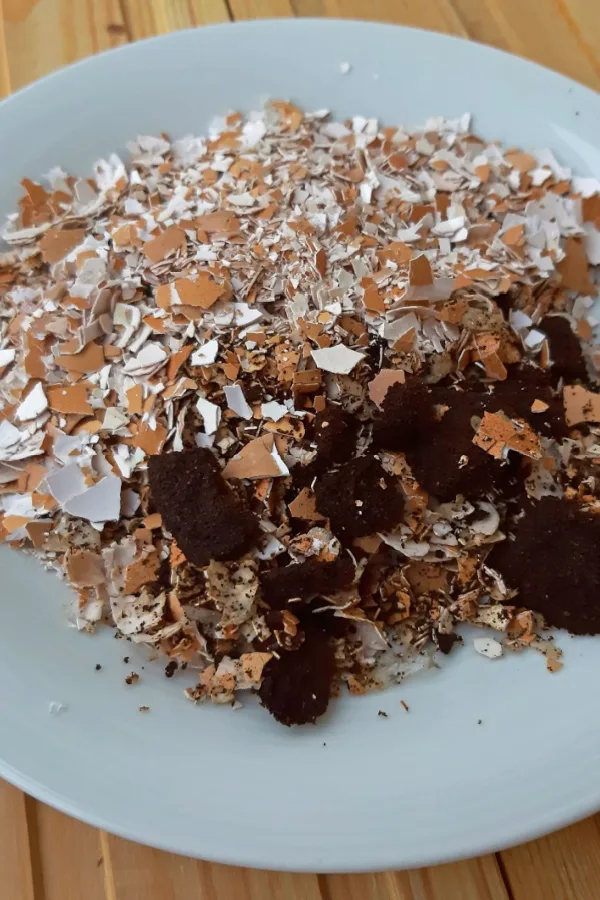
If you need to lighten up the soil slightly, mix in a little bit of new potting soil into the compost. Even if you add 25% new potting soil to the compost, your cost savings will still be immense! Even better, add in a few cups of worm castings for every 5-gallon bucket of potting soil you use for even more organic power! (Affiliate Product Link: Wiggle Worm Organic Castings)
Here is to taking your old and tired hanging basket soil and plants and turning them into a nutrient-packed powerhouse of brand-new potting soil! For even more tips on what to do with old potting soil from your hanging baskets, be sure to check out: How To Reuse Old Potting Soil – Recharge Last Year’s Potting Soil And Save Big!
Follow Our Facebook Page For Even More Great Tips! Simple Garden Life Facebook Page
Simple Garden Life is a website dedicated to keeping gardening fun, simple and enjoyable! We publish two new articles each week along with a new garden podcast episode every two weeks. This article may contain affiliate links.
